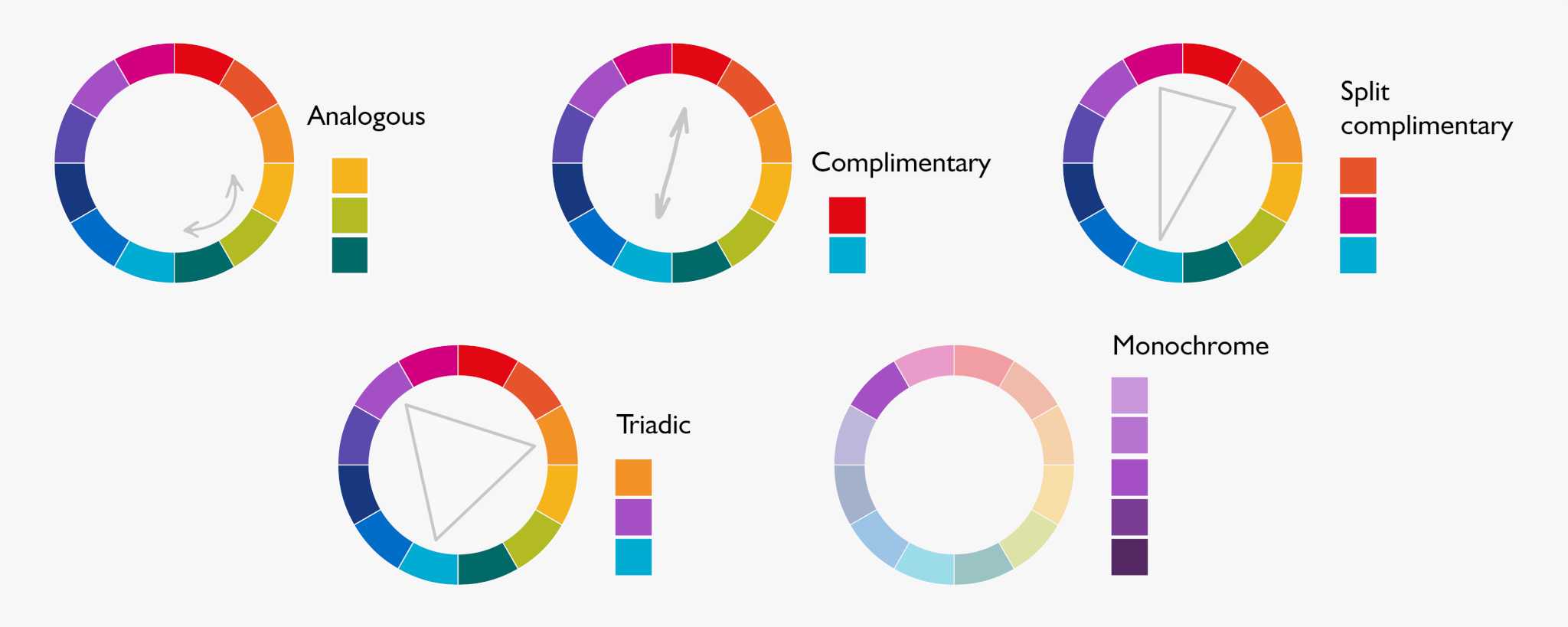Colours over time have come to represent different things...
What to consider when choosing colours for your brand
If you liked reading this article you may also like:
Creating a seamless donation experience on your charity website
With digital donations now an essential component for charity income, it's surprising to see so many outdated and clunky experiences. In this blog post we look at how to create an effective donation experience.
What happens next? Post launch activities
Launching a website is an important milestone for any business, but the work doesn't stop there. In this infographic we outline key areas to keep on top to ensure ongoing performance.
Communicating your school story on your website
In order to provide a distinctive and memorable school website experience, it is essential that you communicate your school's story. In this blog post, we share our thoughts on how to best stand out online.


